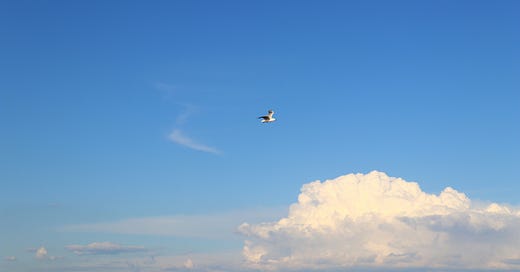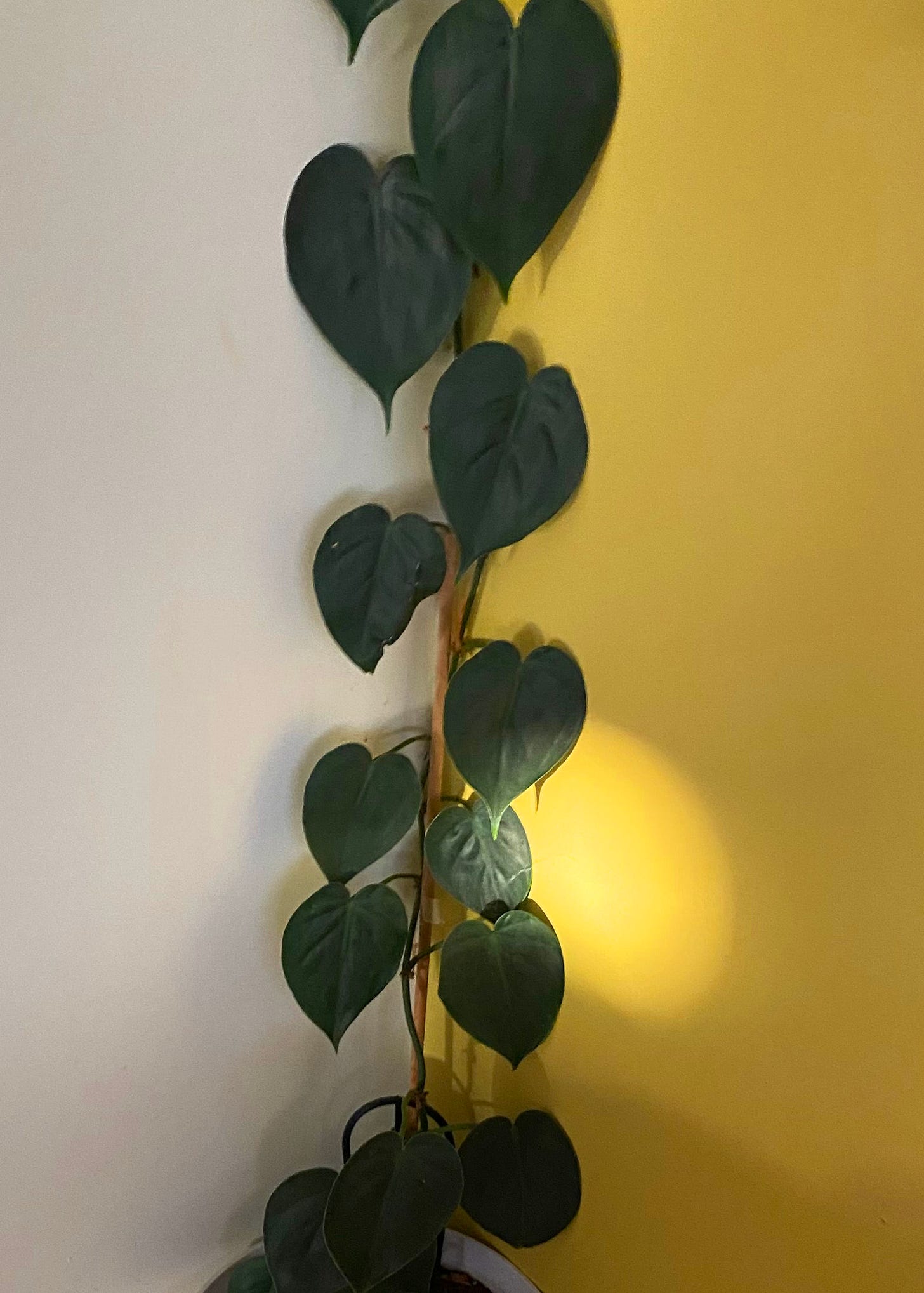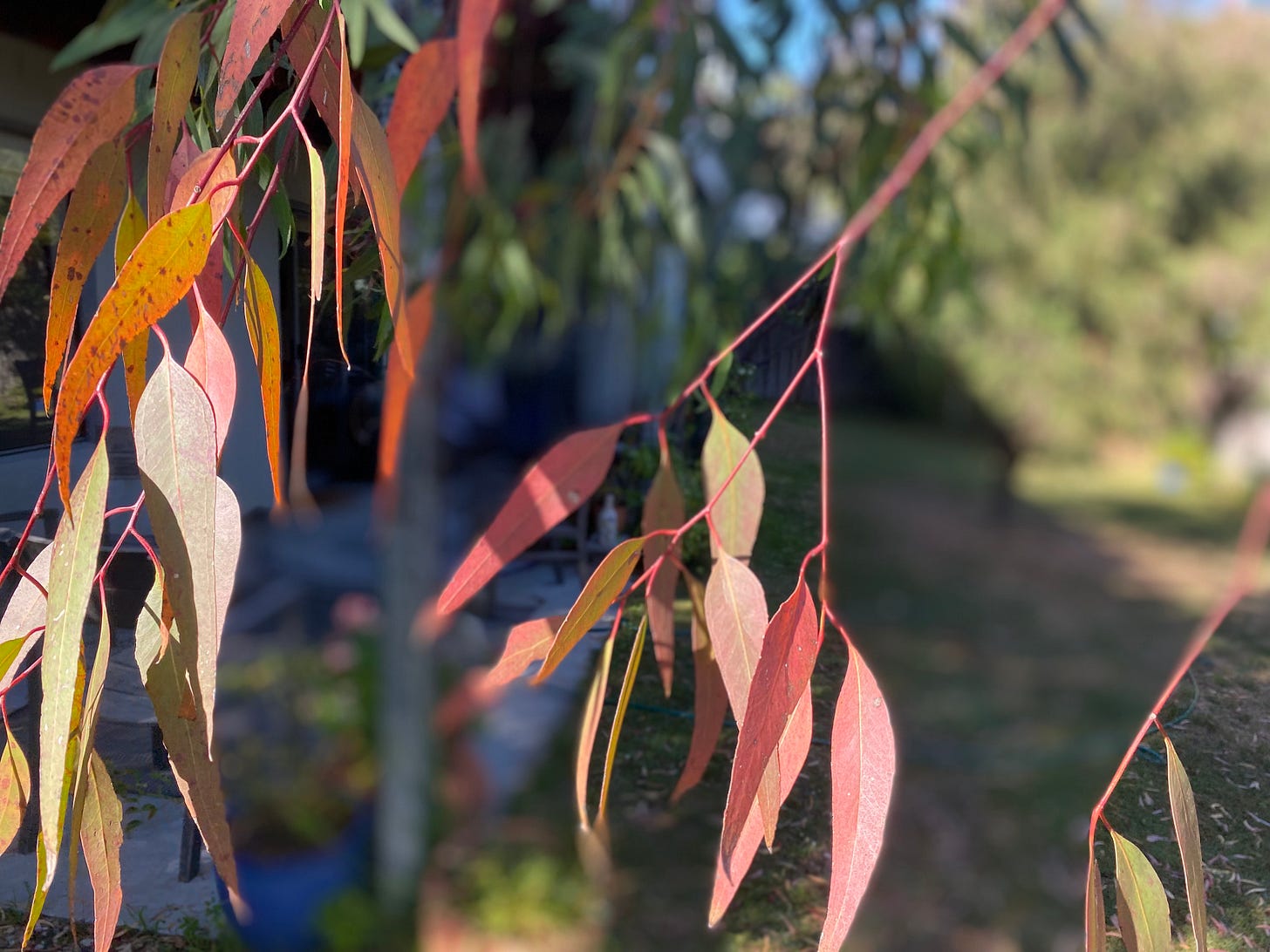I recently read an article by Dr. Lily Dunn on Substack called ‘The price of distraction’. She mentioned an article in the Guardian, which suggests Netflix is deliberating dumbing down its content to cater to ‘casual viewers’ i.e. people who are watching TV while doing something else at the same time — and yes that something else is often scrolling on their phones. There’s even a term for it now — ‘second screening’. I must admit this whole concept makes me feel quite depressed.
I know my husband is often looking at his phone while we are watching our current series on TV. Sometimes when I notice he is, I wonder if he’s not enjoying the episode. I am as addicted to my phone as he is, probably even more so, but as yet I don’t seem to have traversed into ‘second screening’. Probably because in the evenings when I’m lying on the couch, watching our latest crime drama, I’m also getting a bit drowsy. All my attention is on just trying to follow what’s happening on the TV screen.
When I talked to a friend about this ‘casual viewing’ concept she laughed and asked me if her knitting while watching TV would be considered part of this phenomenon. This was a refreshing question and made me contemplate whether I am being a bit alarmist with my concern about screen multi-viewing. The other day I did witness a rather ingenious use of ‘second screening’: a work-from-home dad on his computer, his two-year-old sitting beside him watching a kid’s cartoon show in a corner of the screen he was working on.
At heart though, I am worried about what is happening to our ability to give our full attention to whatever it is we are doing. Our phones are highly addictive. Sometimes I try to speak to my grandchildren but they don’t engage — too busy on their phones to hear or acknowledge me. My ears pricked up when I heard a radio interview with a psychologist talking about how teenagers’ widespread use of smartphones is causing a mental health crisis. I hope I am not seeing the evidence of this right in front of me.
When my baby boomer generation was growing up we had one advantage over more recent generations — no mobile phones to keep us as distracted. This is laughable now though, as in our dotage many of us (me included) are frequently wandering around asking one another, ‘Have you seen my phone?’
According to statistics on the Average Human Attention Span, Baby Boomers do have a longer attention span than more recent generations although we are not as good at multi-skilling. Alarmingly, the average attention span of a human has decreased from 12 seconds to 8.25 seconds in the last two decades. Multi-tasking can reduce our attention span by up to 40%. It is estimated that on average a person checks their phone 58 times a day.
This year my antidote to not paying enough attention (and for coping with the many woes of the world) is to spend more time doing art and being in nature.
At the start of this year, I signed up for a Writing Intensive workshop with Jeannine Ouellette (of the fabulous substack ‘Writing in the Dark’). Jeannine suggests doing a 5-minute exercise each day, which she calls ‘daily sensory incantations’. This involves setting a timer for five minutes and recording as precisely as we can external observations of the world immediately around us. I do it first thing in the morning, usually sitting on the couch with my mug of tea.
It is suggested that observations be short, as in jotting down phrases rather than sentences, and it’s best if no metaphors are included. Already I have a notebook full of written snapshots of every corner of my living room. Just to shake it up a bit I sometimes go out on the deck or into another room to vary my pages of observations … my walking backpack on the floor near the door, the windchimes tinkling in the tree below, Swimmer’s ear drops on the coffee table, a dog barking far away, the smell of last night’s curry still lingering in the kitchen, birds twittering in the gum tree outside the kitchen window …
Talking about birds I soon realized that birds do more than just twitter. They also screech, trill, whistle, sing, warble, shriek, cry, call, laugh, and make lots more evocative sounds. As intended, this daily exercise is making me pay more attention. It is suggested that each day we select a few of our favourite observations and then personalise them by adding an ‘I am’ or ‘I am becoming’ before them. It makes for some strange and interesting combinations, eg. ‘I am a faraway bird calling out’.
In my video catchups with my sister who lives in another state, Shauna tells me that she has signed up for a 30-Day drawing course on Wendy MacNaughton’s Substack, Draw Together. Daily exercises involve doing a quick drawing following Wendy’s prompts and using different techniques, which sometimes include a focus on one of the five senses. We laugh that we are both in the business of noticing more but just going about it in different ways.
Ever since I came across a noisy lyrebird up a tree on New Year’s Day, when I go for a walk now I wonder what animal I will come across. I’ve walked a labyrinth guided by jump-ahead grasshoppers, swum with a smuck of pink jellyfish, come across a bashful echidna on a clifftop, met darting lizards on a bushwalk, and watched three birds swooping playfully together above us as we walked up a grassy knoll. ‘What is your message?’ I ask.
I’m enjoying paying more attention to what is happening around me. I am also becoming more curious. Why are there red leaves on the gum tree in the backyard? Answer (found on a Facebook Forum): They are the oldest leaves on the tree and are turning red as the tree pulls sugars from them before shedding them —like an autumn leaf. Paying attention feels good for my mental health. Mind you, I am just as frequently forgetting where I left my phone …







I love this essay. Instead of reading the news on my iPad this morning I listened to the birds twittering and calling in the trees outside my window. A reminder to enjoy life. Thank you.
Another insightful and inspiring piece Lee xx